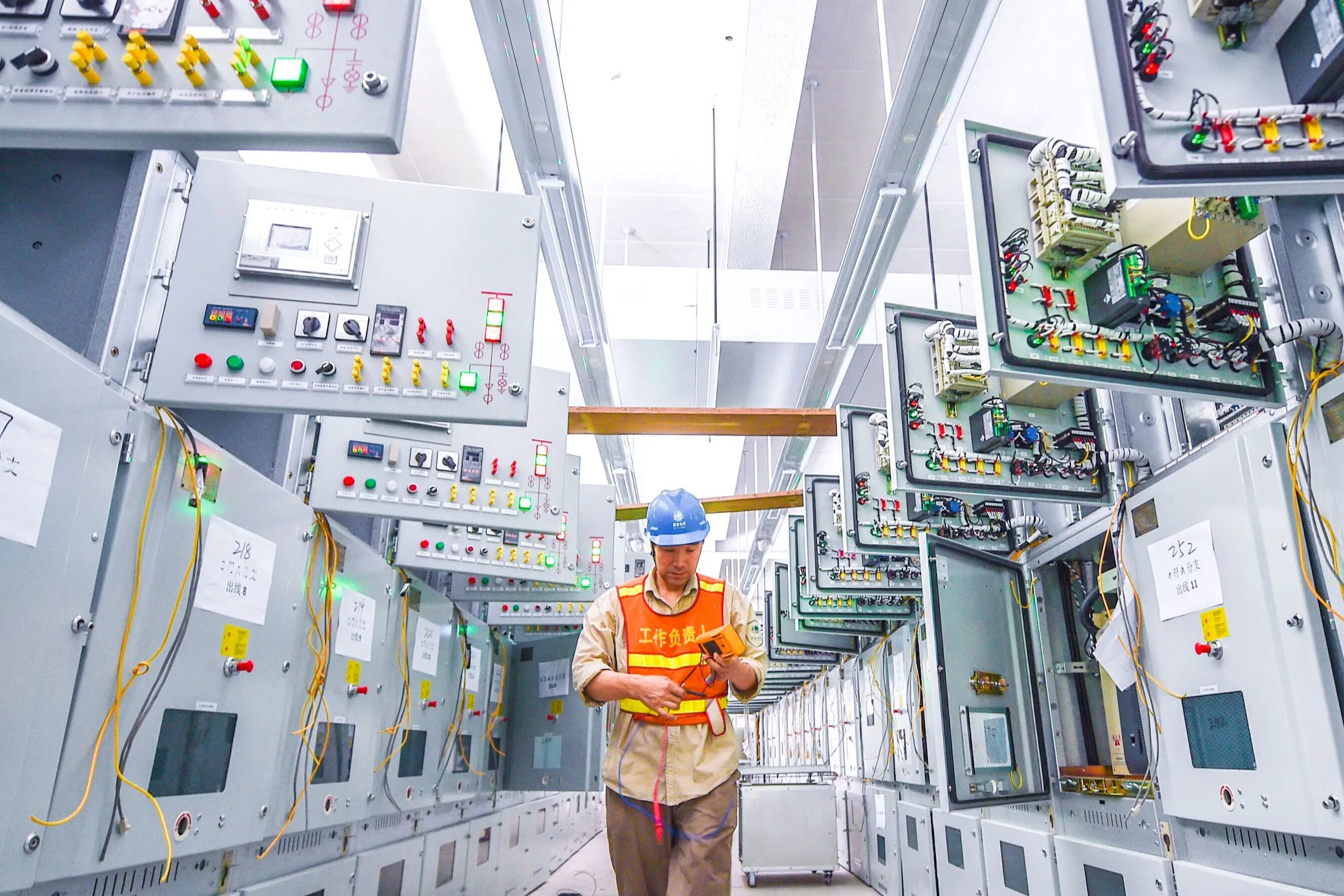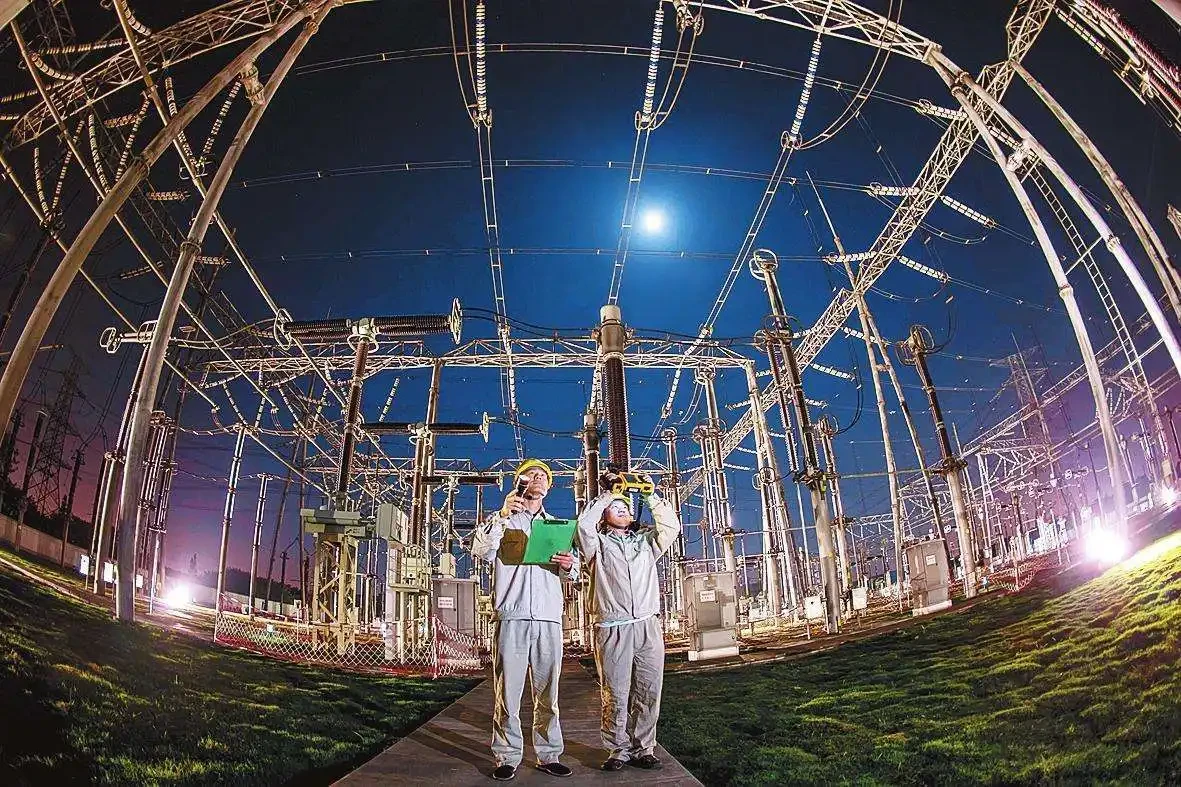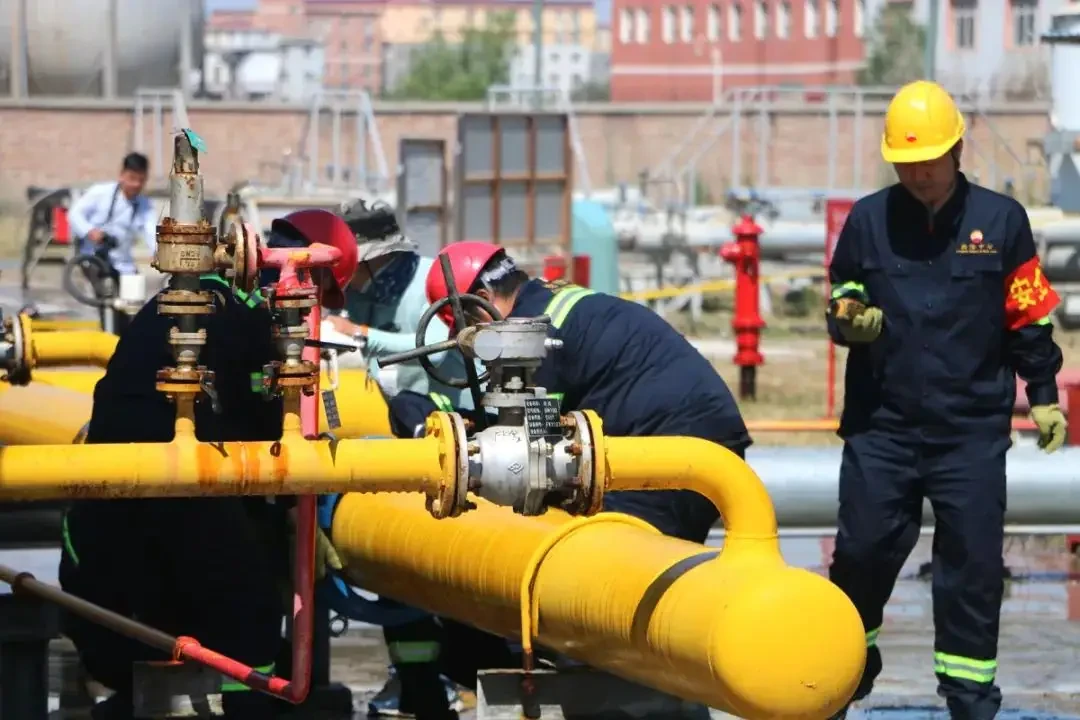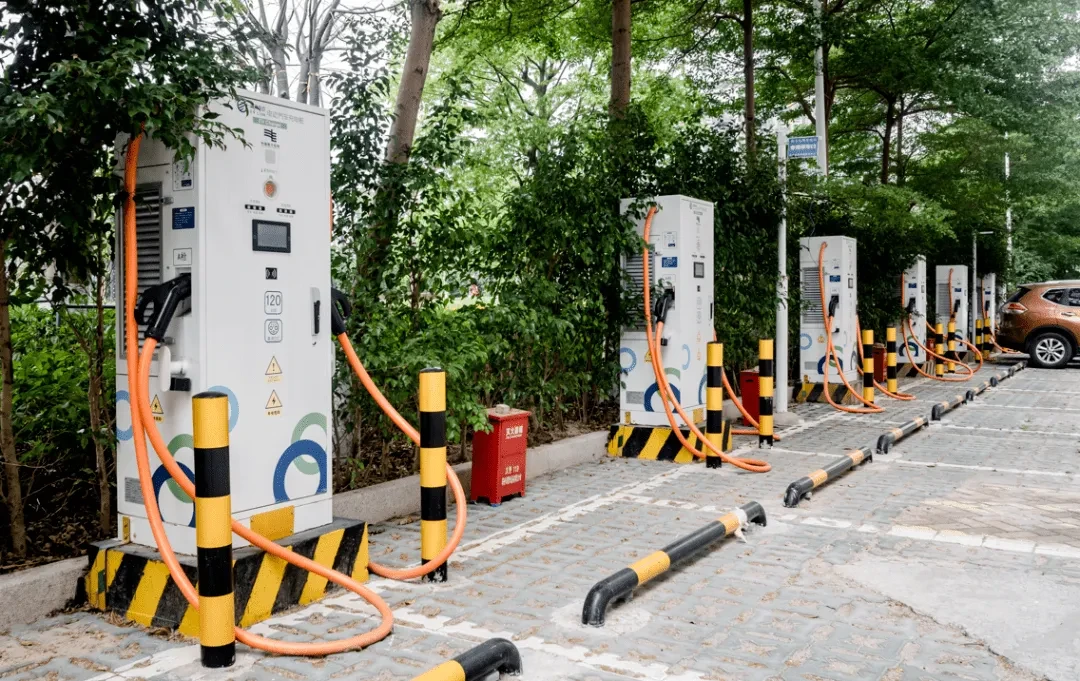- The plan emphasizes building an energy security system in the capital to drive the large-scale and efficient use of renewable energy

In order to achieve carbon emission reduction targets, the development of clean energy industries in various regions has accelerated. Recently, Beijing officially released the "Beijing Energy Development Plan during the 14th Five-Year Plan" period. At a press conference held on April 1, Jiang Zhihui, a first-level inspector of the Beijing Municipal Management Committee, introduced that by 2025, the number of charging piles and hydrogen refueling stations in Beijing will reach 700,000 and 74, and electric vehicles in the plain area will reach 700,000. The average service radius of public charging facilities is less than 3 kilometers.

In the "14th Five-Year Plan", Beijing will build a security system for the capital's energy operation. In terms of energy operation guarantee, Beijing will refine the energy operation guarantee, ensure the reliable supply of electricity and natural gas resources, improve the guarantee plan for peak summer and winter and extreme weather, improve the joint thermal and electrical dispatching mechanism, and enhance the energy coordination guarantee capability.
Beijing will also build the world's leading green smart grid, improve the power supply capacity of the grid, and increase the transmission capacity of the external channel from 31 million kilowatts to 43 million kilowatts. The electricity consumption of the whole society will reach about 140 billion kWh, and the external power of renewable energy will reach 30 billion kWh, and the power load will reach 33 million kWh. The reliability rate of power supply reaches 99.996%, the peak load shaving capacity of the power grid reaches 3%-5% of the maximum power consumption load, and the proportion of electric energy in terminal energy consumption reaches about 29%.

According to the plan, Beijing will build a world-class gas supply system. Improve the urban gas transmission and distribution system, build the Tianjin Nangang LNG emergency reserve project and its pipeline to Beijing, realize the emergency reserve of 5% of the annual gas consumption of urban gas enterprises, and form "three gas sources, one large ring, and eight channels". Source supply system to enhance natural gas reception, transmission and distribution capabilities.
Optimize the liquefied petroleum gas distribution service system, and promote the integration of liquefied gas filling capacity and resources. The city has 8 liquefied gas filling stations, 200 supply stations, and village-level mobile bottle storage facilities.
Promote the construction of a smart gas system, achieve full coverage of pressure regulation stations (boxes) supplying residential users, key areas, and important pipeline gates and wells, establish a natural gas Beidou application ecosystem in the city, and promote the safe, accurate, and efficient operation of the gas pipeline network.

Improve the safety level of gas consumption, connect old residential buildings with natural gas access to pipeline natural gas, promote the substitution of non-residential liquefied petroleum gas, and popularize household gas safety protection devices.
In addition, Beijing will reconstruct the green and low-carbon heat supply guarantee system: enhance the city’s heat supply guarantee capacity, complete the peak shaving heat source projects such as the second phase of Zuojiazhuang, and promote the supporting pipeline network of Lugu Beizhong, Beixiaoying and other heat sources and Dongba The construction of waste heat pipe network in Jinzhan area will promote the integration of heating resources and the construction of supporting pipe network in the South Central Axis area; make full use of waste heat resources, the city will add 8 million square meters of waste heat heating area; promote the development of renewable energy heating, promote urban Construction of renewable energy heating systems in key areas such as the sub-center and Huairou Science City, and the construction of the Zhangjiakou-Beijing green power heat storage pilot project. Renewable energy heating area accounts for more than 10%; promote heating energy conservation and efficiency, by 2025, heating energy consumption per unit building area will be reduced by about 10% compared with 2020.

As for the construction of charging piles and hydrogen refueling station facilities, as of the end of December 2021, a total of 256,000 charging piles and 10 hydrogen refueling stations have been built in Beijing. By 2025, strive to reach 700,000 and 74, and the average service radius of electric vehicle public charging facilities in the plain area is less than 3 kilometers. Editor / Xu Shengpeng
Comment
 Praise
Praise
 Collect
Collect
 Comment
Comment
 Search
Search














Write something~